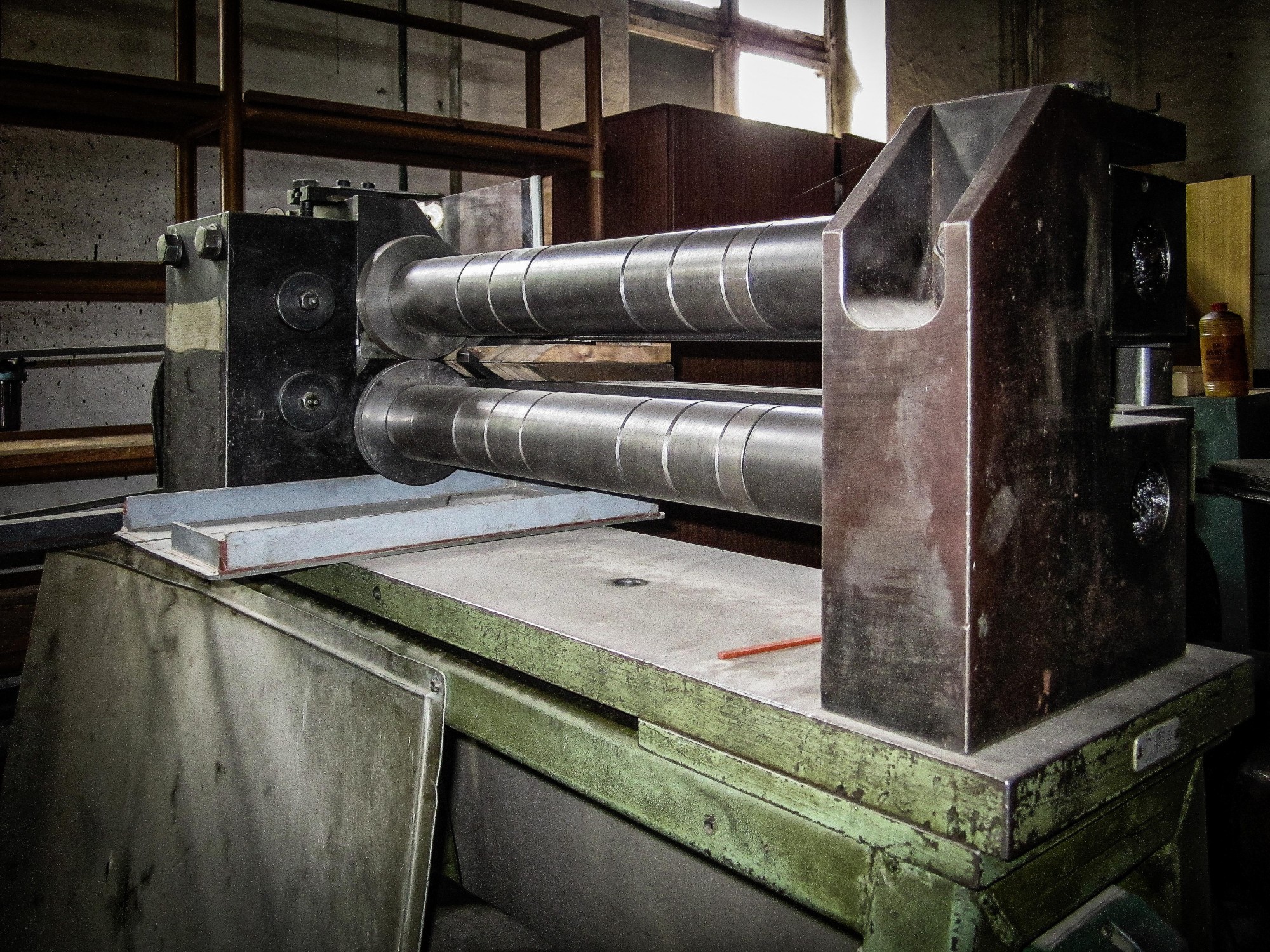The first mechanical press was manufactured by the American company Bliss and Williams to help make hole punching in metals an easier, more efficient process. The company began marketing its press around 1870.
Although today’s mechanical press has come a long way since then, they’re used to perform some of the same tasks. The machines of today perform much more than hole punching, however. If you work in an industry like metal forging or sheet metal working, you’re likely familiar with this machine.

But how does a mechanical press work exactly? What parts power these machines? Continue reading to find out.
What Is a Mechanical Press?
A mechanical press is any press that uses mechanical parts to perform their work. The alternative is a hydraulic press, which uses water to move cylinders and pumps.
Mechanic presses use pressure to change or create metal materials. There are many different types of presses, each used to perform different actions.
Common variations include power presses, punch presses, and stamping presses. You can find an example of a stamping press created by Rygate LLC here.
Parts Powering a Mechanical Press
Each part of a mechanical press works as part of an overall system to perform its tasks. Although there may be specialized parts for mechanical presses, based on what job the press is meant to serve, a group of primary parts power these machines. These essential parts and the role they play are discussed below.
Drive
The drive type of a mechanical press varies based on what its meant to do. Drives are the part that performs the specific action. Common drive types include knuckle joint, linkage, crank, blankholder, press, and shaft.
Drive Motor
A drive motor powers the primary drive system. It provides the power necessary for the drive to operate.
Flywheel
A flywheel stores energy from the drive motor. Once the power is saved, the flywheel will distribute the energy to the rest of the machine.
Clutch
A clutch helps to move the torque provided by the drive motor and flywheel. The clutch will transfer the energy to the gear shaft.
Brake
The brakes activate when the clutch is released. Like in a vehicle, activating the brake system will stop or slow the other machine press components.
How far the brake is pressed determines how much the components are slowed. To stop the machine components entirely, the brake must be fully pressed.
Do You Have More Questions About How a Mechanical Press Works?
By definition, a mechanical press is one that uses mechanical parts to perform its work. There are various press types, but they all use the components above to complete the job they’re designed for.
Do you still have questions about how a mechanic press works? Take a look at our other posts. You’ll find a wealth of posts on related topics that can help you dive further into the subject.